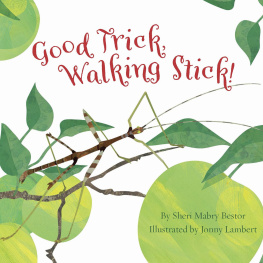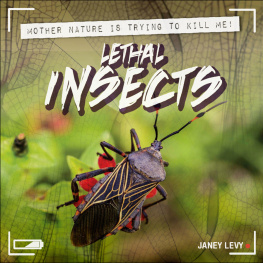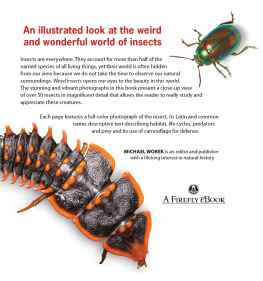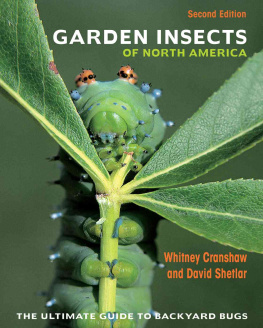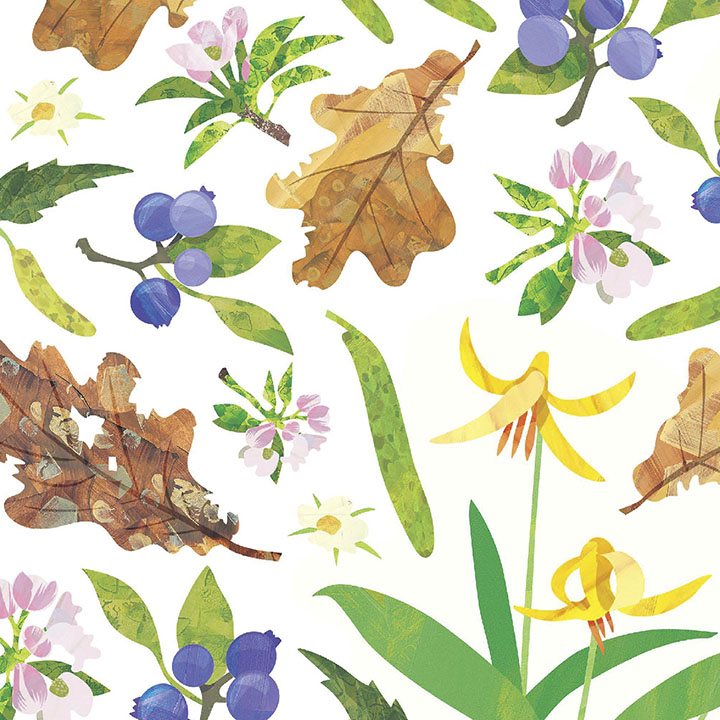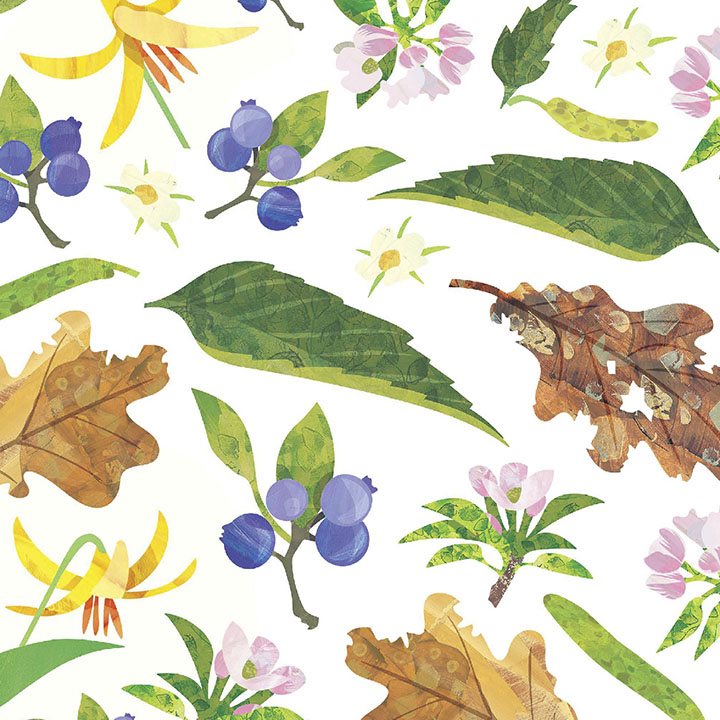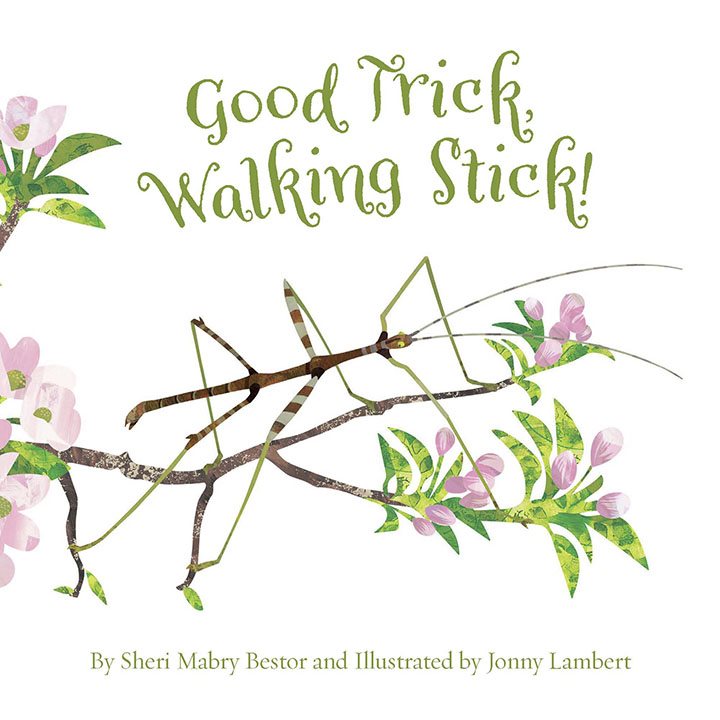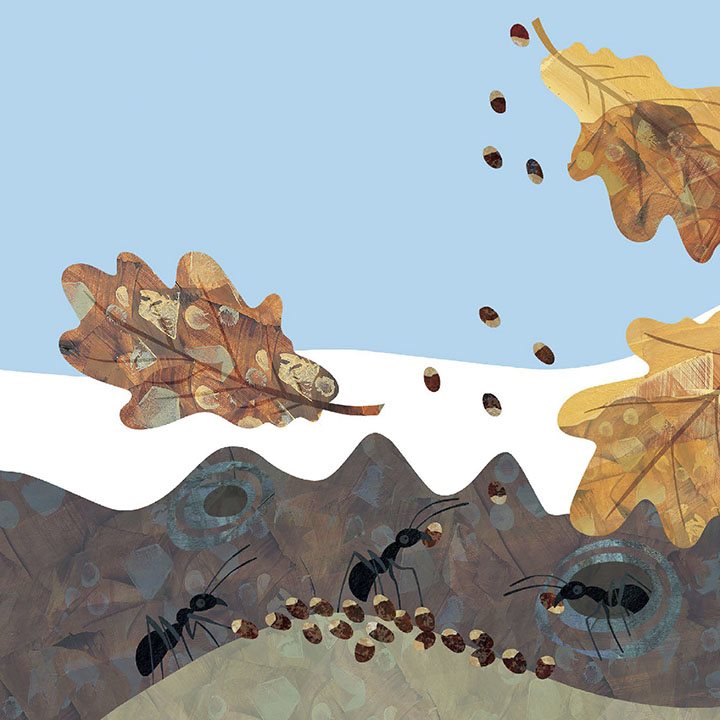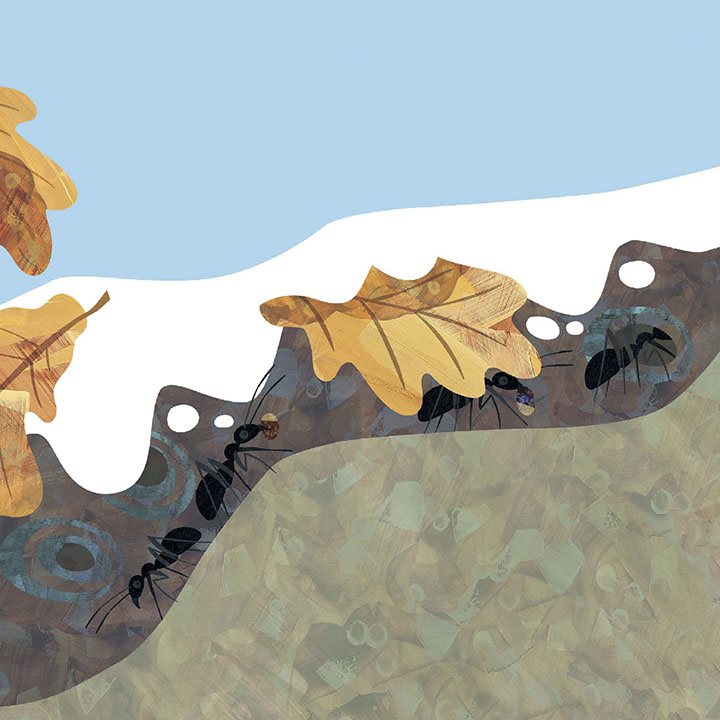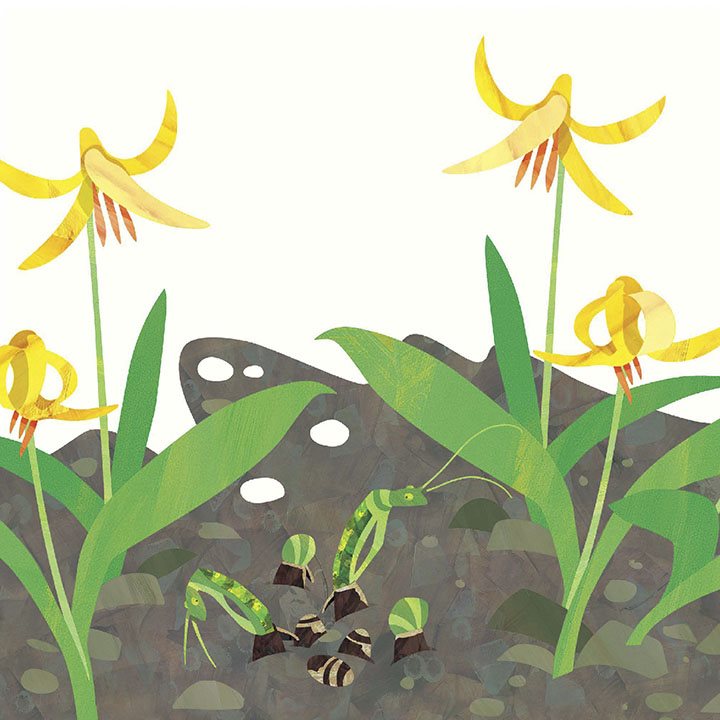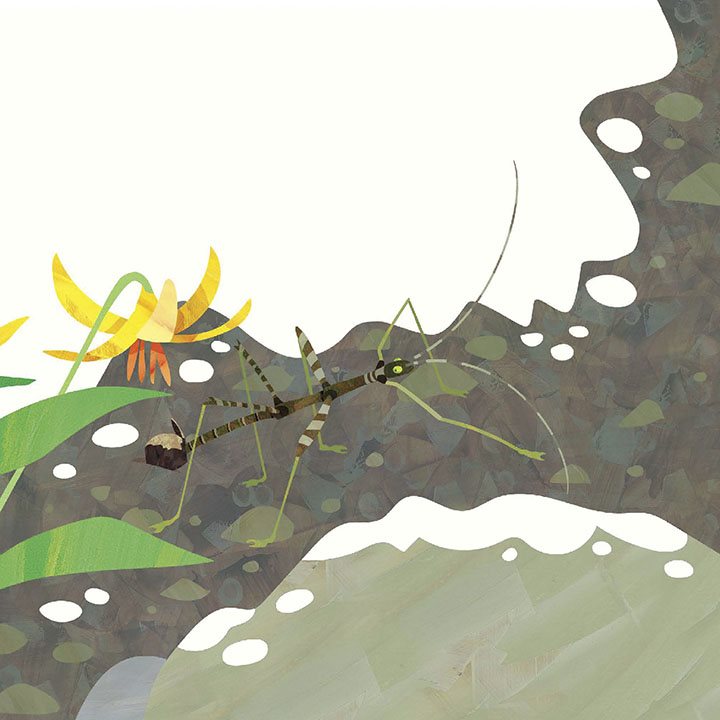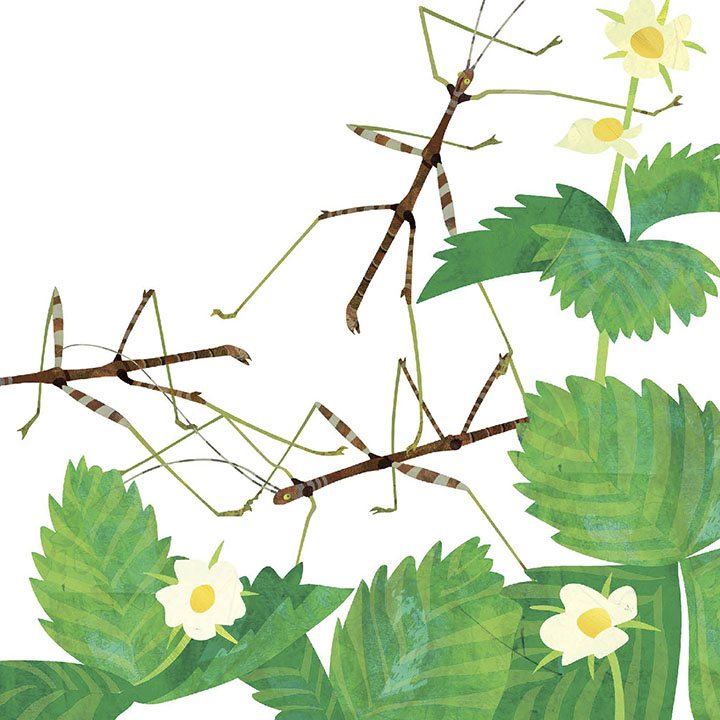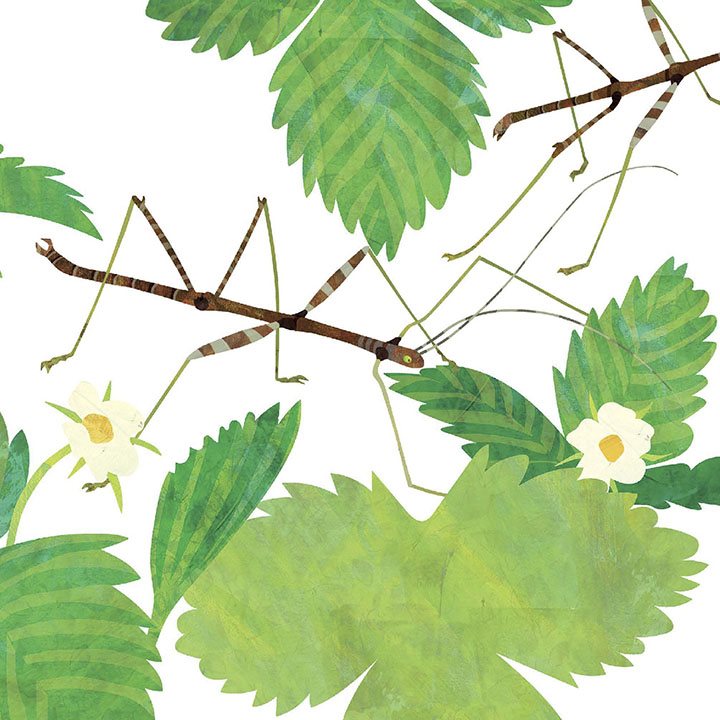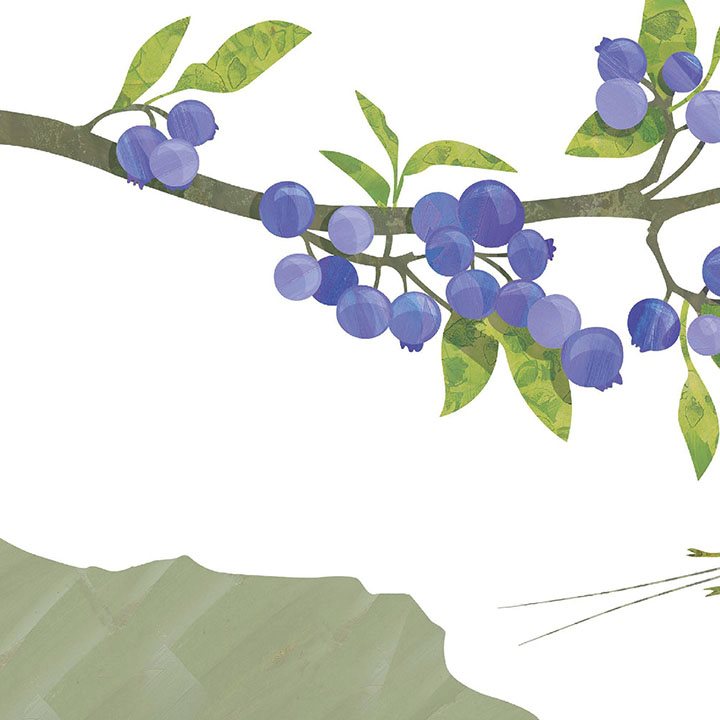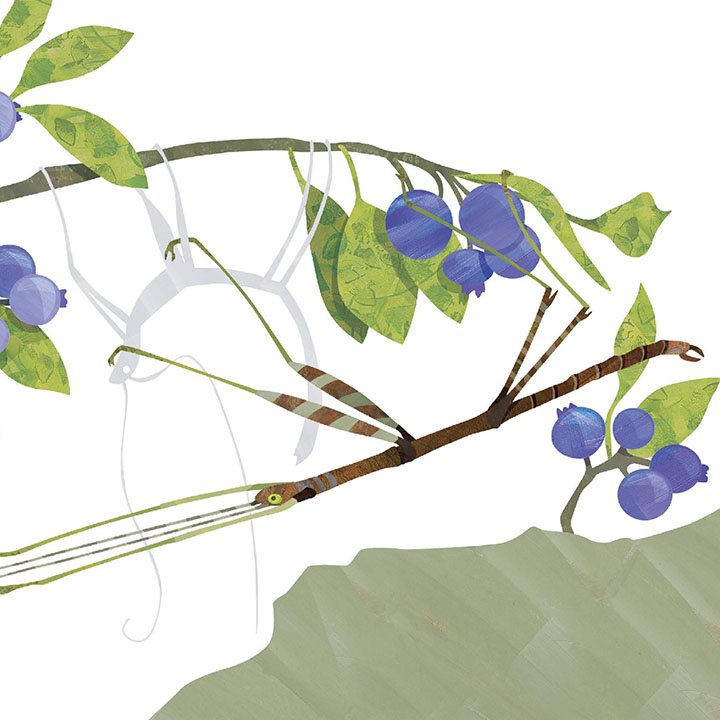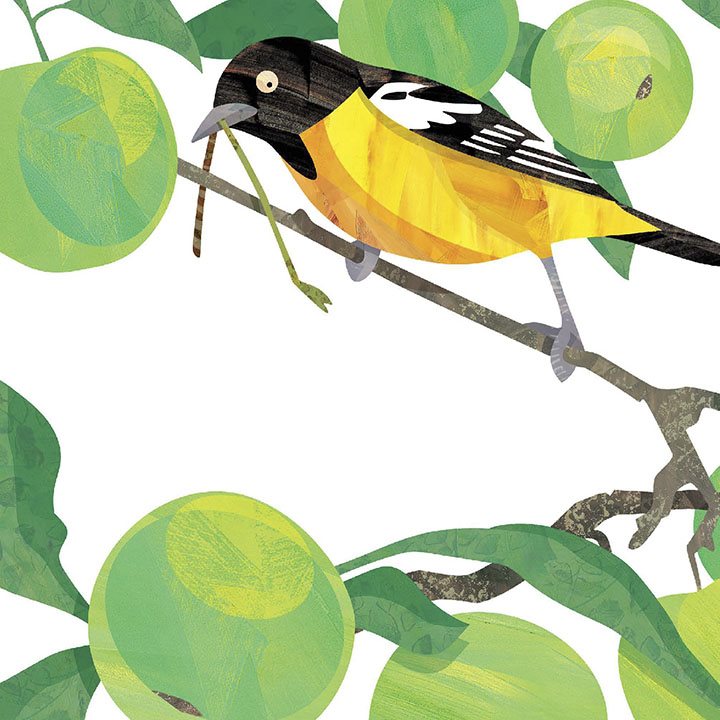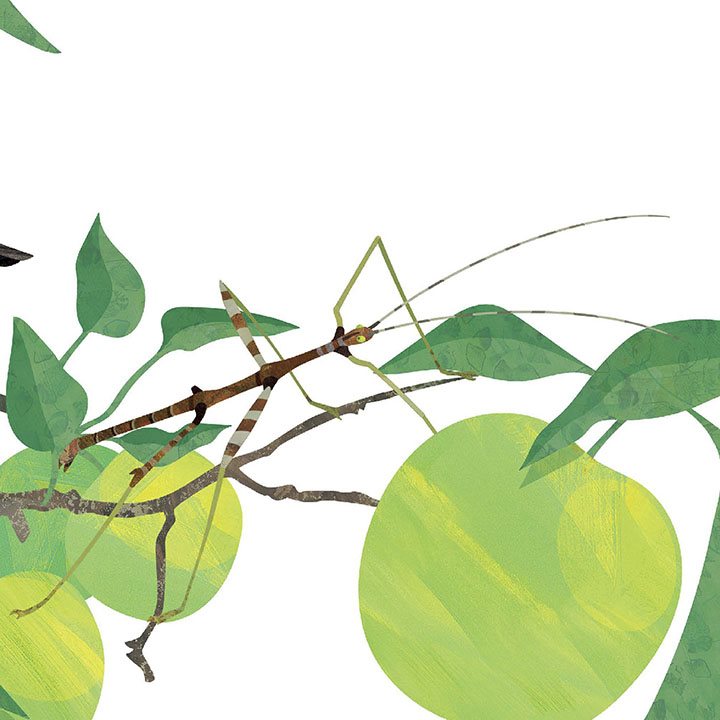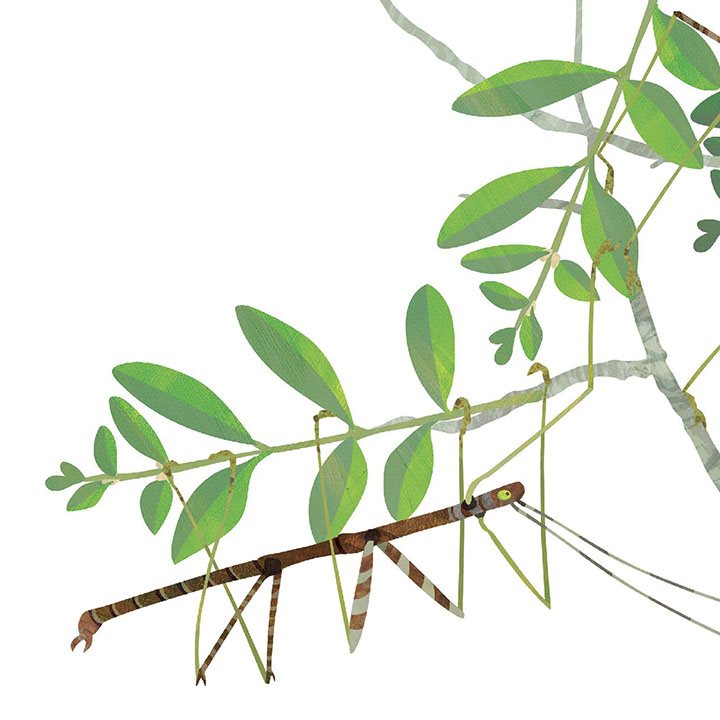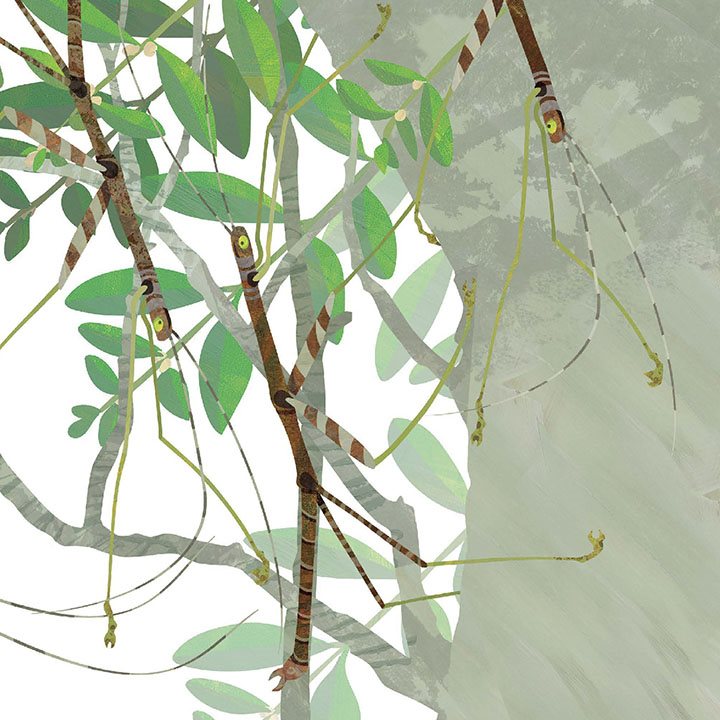Table of Contents
Guide
To My Family, for sharing in this journey.
And to our living planet, for providing the beauty along the way.
SMB
To Louise and Eloise my energy and inspiration.
JL
Text Copyright 2016 Sheri Mabry Bestor
Illustration Copyright 2016 Jonny Lambert
All rights reserved. No part of this book may be reproduced in any manner
without the express written consent of the publisher, except in the case of brief
excerpts in critical reviews and articles. All inquiries should be addressed to:
Sleeping Bear Press TM
2395 South Huron Parkway, Suite 200
Ann Arbor, MI 48104
www.sleepingbearpress.com
Printed and bound in the United States.
10 9 8 7 6 5 4 3 2 1
Synchred Read-Along Version by:
Triangle Interactive LLC
PO Box 573
Prior Lake, MN 55372
Library of Congress Cataloging-in-Publication Data
Bestor, Sheri Mabry, author.
Good trick, walking stick! / written by Sheri Mabry Bestor ;
illustrated by Jonny Lambert.
pages cm
Audience: Ages 6-8.
Summary: Walking sticks are among the worlds most fascinating insects.
And one many children can find right in their backyards! With a simple
story, perfect for read-alouds, this scientific look at a walking sticks
life-cycle will captivate budding entomologists Provided by the
publisher.
ISBN 978-1-58536-943-0 Hard Cover
ISBN 978-1-58536-981-2 Paper Back ISBN-13: 978-1-68444-450-2 (e-book)
1. Stick insectsJuvenile literature. I. Lambert, Jonny, illustrator. II. Title.
QL509.5.B47 2016
595.729dc23 2015027642
Drop,
plop.
Drop.
Tiny eggs fall to the ground,
like a slow rain on an autumn day.
Leaves float on the breeze and hide the eggs. The air turns crisp.
Snowflakes drift. The woods are covered in a blanket of white.
Underground, buried deep, the eggs are safe.
Brrr! You might wonder how tiny walking stick eggs survive
through the winter in the snow. The eggs look and smell like
seeds to ants. When the ants find the eggs hidden under the leaves,
they carry the eggs into their colony as food. The ants eat the tops off
the eggs, just like they would eat the tops off of seeds. When they are
finished, the ants drag the uneaten parts to their garbage dump area, still
underground. Even though the tops have been eaten away, the eggs are not
harmed. The eggs incubate, hidden in the ant nest, away from predators, until
they are ready to hatch.
When spring comes, the sun melts the snow.
Drip,
drip,
drip.
It warms the earth.
An egg moves.
Wiggle wiggle wiggle, POP!
Out crawls an insect. It looks like a stick. It can walk.
It is a walking stick!
Do you think you would recognize a just-hatched
walking stick? They look like tiny adult walking
sticks! Walk gently through the woods so the
plants and animals arent disturbed.
The baby walking stick is hungry.
She begins her search for food.
She finds a leaf that is low to the
ground. She eats.
Munch!
And eats.
Munch!
A baby walking stick is called a nymph and is very
small when it hatches. Although they begin tiny,
when they grow up, some walking stick species are
among the longest known insects in the world!
And eats!
Munch. Munch.
As the baby walking stick eats, she grows. As she grows, her outer
shell, or casing, becomes tight. The baby walking stick wiggles
and stretches. She sheds her casing and grows a new one.
Shedding a casing, or exoskeleton, and growing
a new one is called molting. When one exoskeleton
is shed, the body growing inside hardens and forms
a new exoskeleton.
The walking stick blends into the forest.
Good trick, walking stick!
One of a walking sticks best tricks is its ability to
be camouflaged it looks like its surroundings. That way,
predators cant see it. If you are in an area where walking
sticks might be living, you can challenge yourself to be a
super detective. See if you can spot a stick insect!
But here comes a bird with keen eyes. Swoop!
It grabs the walking stick.
The stick insect squirts a bad-smelling juice. Ick!
The bird spits the walking stick out.
When a bird lands on a twig the
twig quivers. Stick insects quiver
in the same way. This slight
movement by the stick insect is
called quaking.
Uh-oh!
The young stick insect has lost a leg! That is all right.
She will grow a new one when she grows a new casing.
Good trick, walking stick!
The walking stick will molt six times
before she is fully grown. One form
of defense for a young walking stick
is the ability to lose an appendage,
or leg. This is called autotomy.
The stick insect climbs, looking for food.
Up up up
she goes.
The tree has many leaves. The stick insect
will not go hungry. The tree is filled with
other stick insects. She will not be alone.

